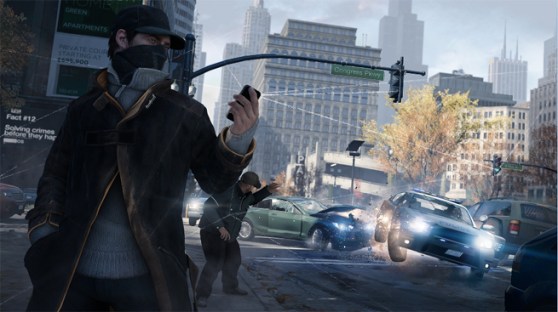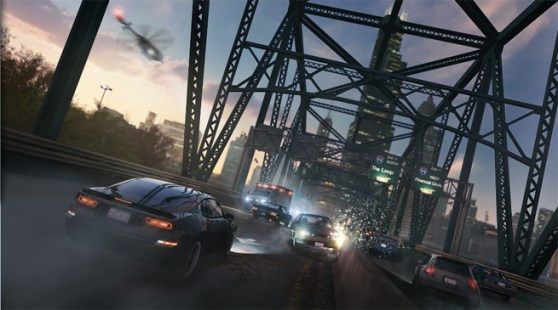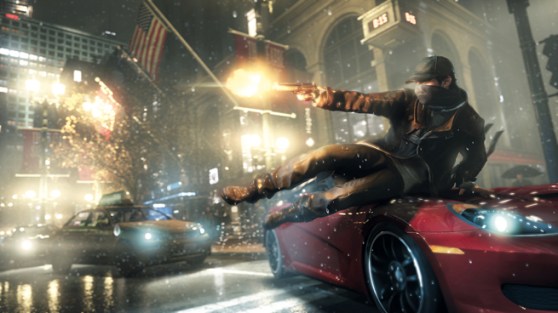Potential crime scenes show up on his radar, and his ctOS Profiler can pick out both predators and their victims. Criminal potential warnings start low but escalate fast as a burst into violence approaches. So it’s not just a matter of whether you intervene, but when. You could end things before the perp gets anywhere near his intended mark — and take a hit to your reputation for the unsolicited violence — or wait and step in when things escalate. Wait too long, and it’ll be too late.
As always, information is vital. Dig deeper, and it could turn out that “victim” is a drug dealer. When Pearce intercepted a text-message conversation detailing the planned murder of a alleged rapist by a distraught husband, he tracked the would-be murderer down. From a safe vantage point, Pearce watched the “rapist” die and let his killer walk.
Shortt later told me, “I couldn’t do that. I don’t know if this guy’s telling the truth. I would have said, ‘No, I have to stop him from killing the other guy, because I don’t know the whole story.’”
Breakin’ the law
Stopping street crime boosts Pearce’s reputation with the citizenry, but police never tolerate a vigilante, and any public show of force gets a proportional response. On both ends.
Any time you pull a gun, civilians run for it and call 911 on their cells. Pearce can listen in, jam the signal, or catch up and slap that handset away … or worse. “Worse” seriously affects public perception of his deeds. When a newscast connected Pearce’s face with a few recent shootings, a gun shop owner didn’t hesitate to hit the silent alarm.
Even the best intentions can have a negative impact. A simple stab at crime prevention led Pearce on a wild car chase from the run-down Wards to downtown Chicago, ending in a bent car and a bloody shootout. That netted him points for stopping an assault in progress and dropped his fame for popping off in the street, and the cops came running. The ctOS system and its facial recognition software works for the police, too, so quick getaways aren’t so easy. Then they send a helicopter in.
Even while ripping up asphalt in a slick, faux-Roadster, skidding through rain-slick streets and trying to break line-of-sight with officers in pursuit, the “smart city” system is all around you. Using it is vital to escaping a full-bore manhunt.
Fortunately, Pearce’s focus abilities slow time to a crawl — useful both in combat and while trying to hack a streetlight as you take a corner at 60 mph. This time, he activates a few automatic barricades that spring up from the ground, totaling the cop cops chasing him. After a few corners, Pearce remote-opens an underground garage where he can dump the car and blend back into the crowd on foot. If the police find that car — and ctOS makes that very possible — they’ll be on him again. What Pearce does then is up to you.
That’s the real magic in Watch Dogs. It doesn’t lock you into a set hero/criminal role like other open world games do. You access information, and from there, the choice is yours. It doesn’t become good or bad until you do something with it.
Now that’s a sandbox worth playing in.
VentureBeat's mission is to be a digital town square for technical decision-makers to gain knowledge about transformative enterprise technology and transact. Learn More



